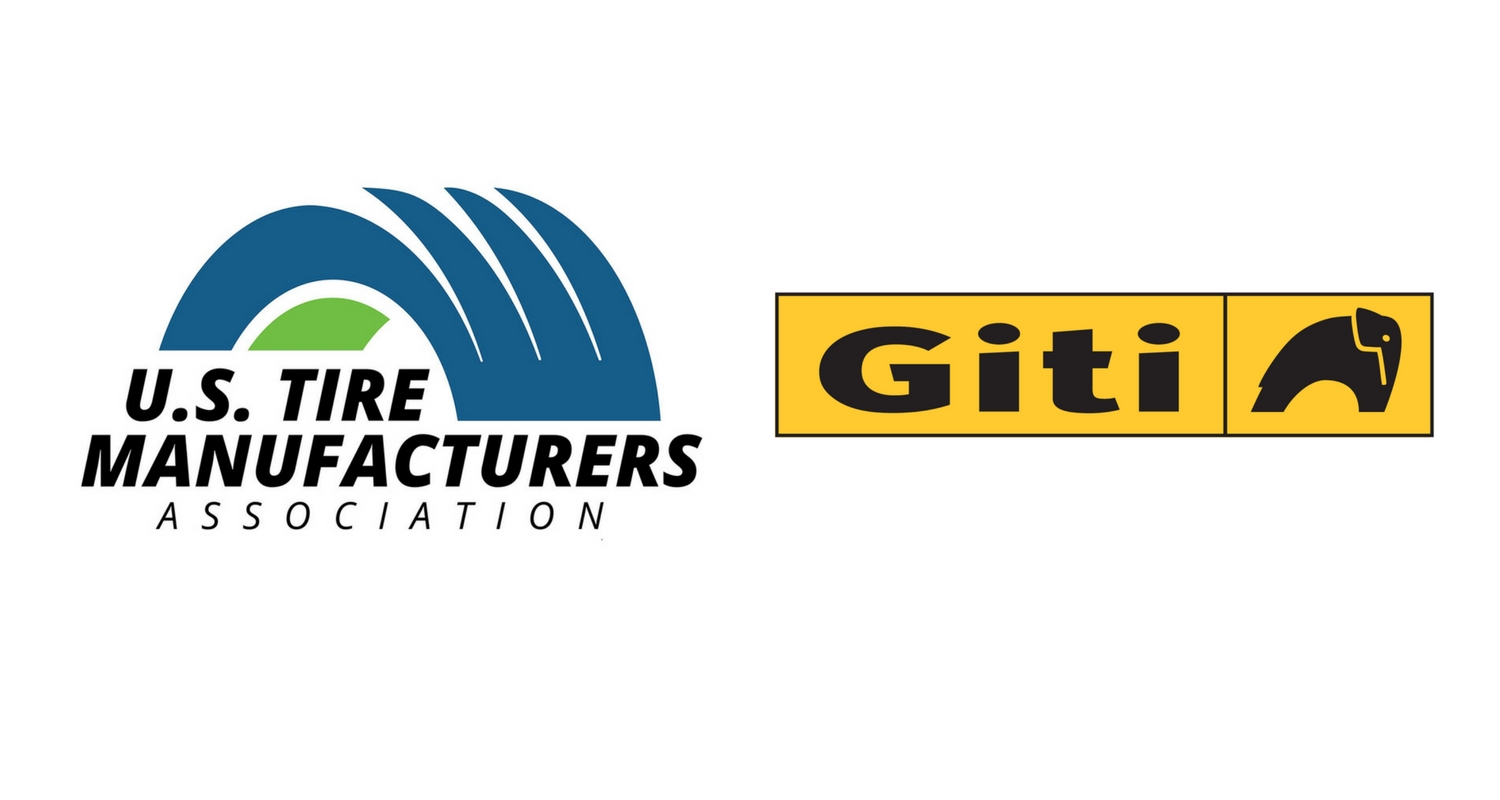National Tire Safety Week Kicks Off with Important Safety Information from Giti Tire USA
Americans are more than ready to hit the road this summer as individuals and families seek an escape from the Covid-related restrictions. Road trips, summer vacations and Sunday drives are back!
Through its annual Tire Safety Week (June 28 – July 4), the U.S. Tire Manufacturers Association (USTMA) is reminding us to not forget about the only component that connects your vehicle to the road – your tires! This year’s theme, “Do Your Part, Know Your Roll,” will educate motorists about proper tire care and maintenance as an important part of road safety.
USTMA member Giti Tire, which has a passenger and light truck tire manufacturing facility in Richburg, SC, is sharing a tire tip each day on its social media to support the public education campaign.

Visual inspection
Before hitting the road, check the condition of your tires. Well-maintained tires keep your car safer and save you money by reducing fuel consumption and making your tires last longer. Look for any abnormalities like cuts or bulges in the sidewall or internal components such as steel or fabric cord showing through the tread. If you see any of these conditions, see your local tire dealer immediately.

Check tread depth
The tire tread is the part of the tire that actually meets the road. The grooves of your tires contain wear bars spaced six (6) places equally around the tire, and the locations are generally designated with a small triangle on the side of the tire. If you run your finger over the tire wear bars and it feels even with the outside of the tire, then your tire is down to 2/32” in tread depth and it’s time to replace your tires. This is critical, because your wet traction will be reduced, and you will risk hydroplaning.

Check inflation pressure
Buy a tire gauge and keep it handy in your car at all times. Check your tire pressure at least once per month, and especially before a long trip. Remember, underinflation is a tire’s No. 1 enemy, because it can cause damage. However, overinflation can cause uneven wear plus handling and stopping problems. Use the manufacturer’s recommended air pressure listed on the sticker of your vehicle’s door jamb or owner’s manual as a guide. Always check the pressure of your tires when they are cool or cold. Driving heats up tires, making readings incorrect.

Avoid overloading
Overloading your vehicle can create excessive heat inside your tires that can cause damage. Check the manufacturer’s load recommendation, which can be found on the vehicle information placard inside the driver’s side door post, or in the vehicle owners’ manual. Remember that the weight of the vehicle’s occupants must also be taken into account when calculating the load.

Choose tires carefully
Too many drivers buy a tire based on initial price or appearance. Tire selection should be based on the correct size recommended for the vehicle and its load recommendations. You should consult with a knowledgeable tire or automobile dealer about selecting the proper tire for your vehicle and your typical driving patterns.

Slow down in wet weather
In addition to having sufficient tread depth for wet traction, remember to ease up on the gas pedal in wet weather. As your speed decreases in the rain, the tire footprint (the amount of the tire’s tread contacting the road surface) increases, providing better traction. You also reduce the risk of hydroplaning.

Rotate tires and check vehicle alignment
Rotate your tires every 6,000 miles to obtain maximum tire life. If your tires show uneven wear, ask your tire dealer or automotive service professional to check for and correct any misalignment, imbalance or other mechanical problem involved before rotation.

